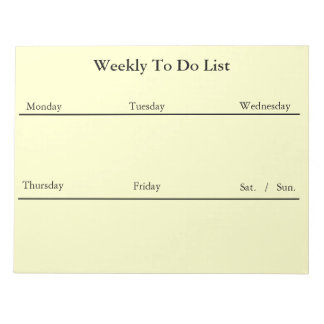Peruse the channels compiled below and you may be surprised at how much content is available on everything from a 2-minute video on medication management to longer posts about caregiver stress.
Top 5 Best Family Caregiving YouTube Channels
Check out the YouTube channels below. You will find a variety of videos on how to take blood pressure, best dental cleaning advice and other general care topics for your aging loved one.
Family Caregiver Alliance Family
Caregiver Alliance, National Center on Caregiving is a public voice for caregivers. The pioneering programs — information, education, services, research, and advocacy — support and sustain the important work of families nationwide caring for loved ones with chronic, disabling health conditions.
Caregiver Stress
Home Instead Senior Care created the Caregiver Stress video channel, and caregiverstress.com to bring caregivers helpful resources and tips related to caring for a senior loved one. It’s their small way of trying to help you navigate what they know from their own experience can be a trying time.
AARP
AARP is a United States-based interest group whose stated mission is “empowering people to choose how they live as they age.” The videos covered are on topics such as highlighting caregivers, learning healthy habits and how to disrupt aging and live independently.
National Institutes on Aging
The National Institute on Aging is the U.S. Government’s lead agency on aging research and is part of the National Institutes of Health. NIA supports a broad scientific effort to understand the nature of aging and extend the active, healthy years of life.
Care.com
Care.com believes in being there for one another. They help families find the care they need and caregivers find the jobs they want. Browse their channel for caregiving stories, advice, recipes, activities, and tips for using care.com.
 Dementia Signage for the Home
Dementia Signage for the Home
15% Off
Dementia Signage for the Home
$22.75 - EZ-C Bright Green 3 Ring Binder





